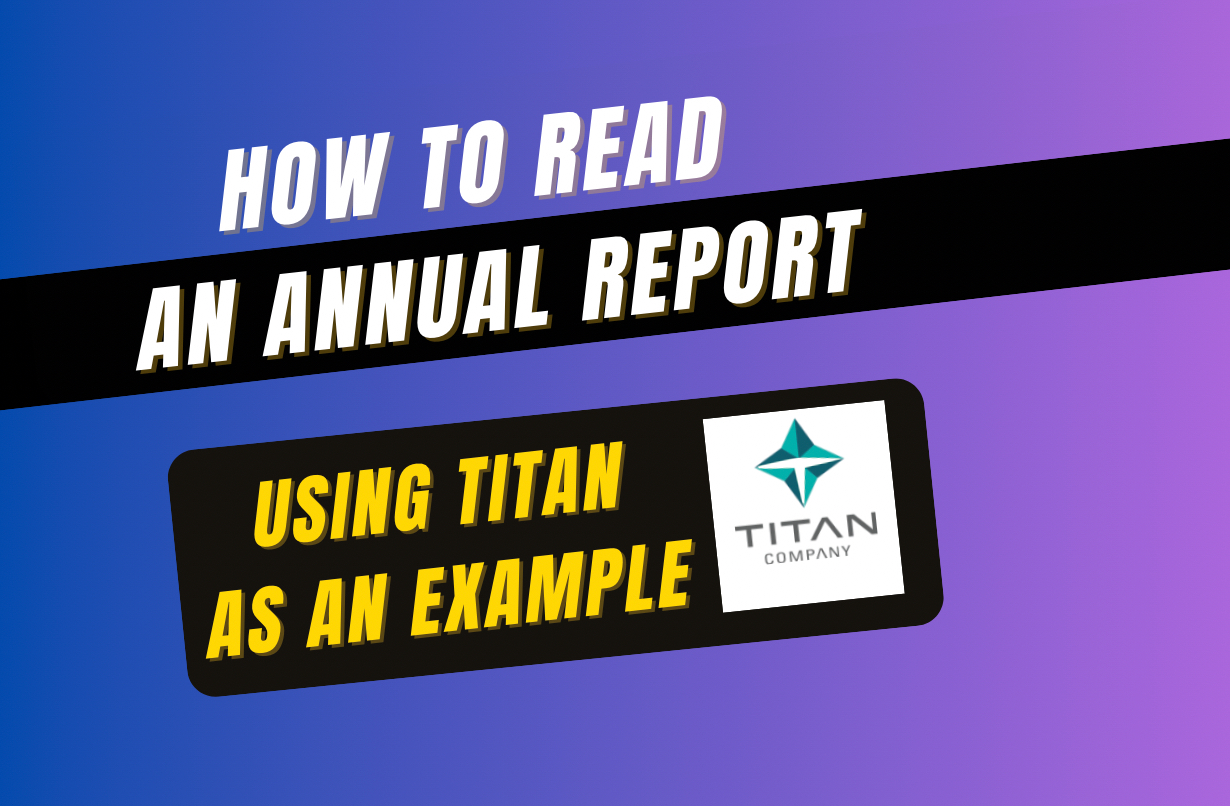Should a company borrow debt even if it has cash balances?
Apple did it a few years back.
The answer lies in a core concept in Corporate Finance. Cost of Debt vs Cost of Equity.
Cost of Debt is always lesser than Cost of Equity
That is because while making payments, the Lenders get paid before the Equity holders (who have the last claim). Equity Holders are taking the highest risk and hence are asking for the highest return. For the firm, this is a cost.
Since Cost of Debt is lower, it might make sense for firms to borrow some amount as Debt, as it lowers the overall Cost of Capital. If they have cash, it can be used to pay dividends or buybacks.
Say I raise $100 million as equity, and the Cost of Equity (returns Equity holders are expecting) is 12%.
But if I raise 20% of it as debt (at say 6%), the weighted average cost of capital goes to 10.8%. Add the tax advantage of Debt – the actual post tax cost of capital is even lower.
WACC = (Weight of Debt X Post Tax Cost of Debt) + (Weight of Equity X Cost of Equity)
So its makes sense to borrow some debt, even if you can raise money as equity, or have cash (which is shareholder money, on which they are expecting returns), since the cost of debt is lower.
However, if the company keeps borrowing more – it’s riskiness starts increasing. So Cost of Debt starts going up. As risk increases, the Beta also goes up – taking Cost of Equity higher too.
Till a particular point, adding debt would reduce the cost of capital for the firm. Beyond this, the cost of capital starts rising again, since risk profile changes. This point is called the Optimal capital structure, which most firms strive to achieve.
This post was earlier posted on LinkedIn by the author.











